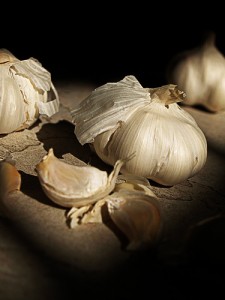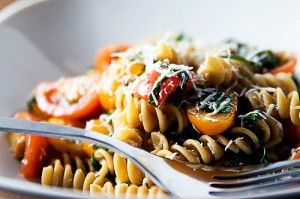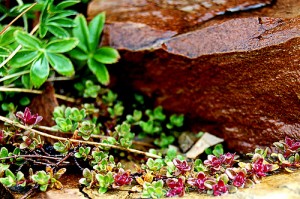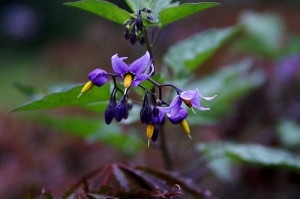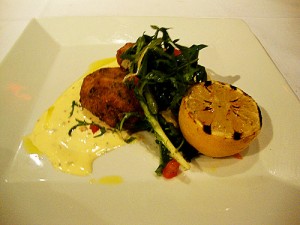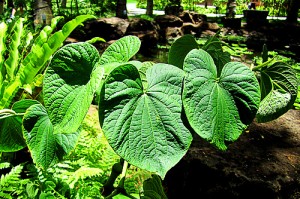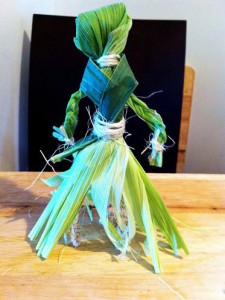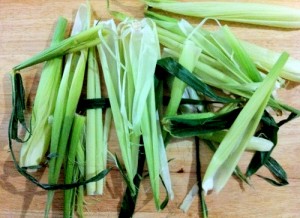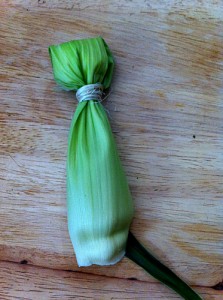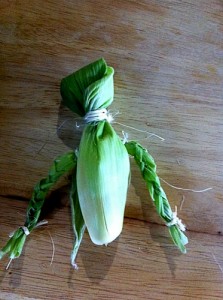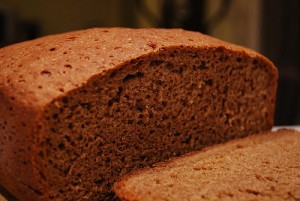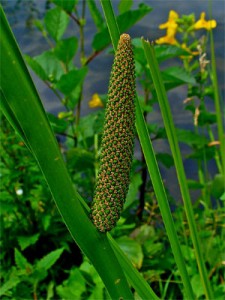Arts & Entertainment:
Real witches cry foul at portrayal on “True Blood”
(Reuters) – Critics of bloody violence and excessive sex on TV have long had HBO’s vampire drama “True Blood” in their cross hairs, but now the popular series has another group of wary citizens — witches, real ones.
The series’ fourth season has focused on Marnie Stonebrook (Fiona Shaw), a seemingly harmless medium and leader of a Wiccan group who becomes the physical conduit for Antonia, a long dead witch who is hellbent on vengeance against vampires who persecuted and burned her at the stake.
Marnie winds up as the mouthpiece for Antonia’s spell to drive the bloodsuckers of fictional “True Blood” town Bon Temps into the daylight. And that sort of deadly revenge, say some modern-day witches, is what gives witchcraft a bad name. Read full story from reuters.com
Native American:
State of Sequoyah Conference To Address Native American Issues
The State of Sequoyah Conference—scheduled for September 1 and 2—will address a number of Native American issues including economic development, history, contemporary studies, as well as warriors and war.
Speakers for September 1 include Cherokee Nation Tribal Councillors Julia Coates and Cara Cowan Watts; Wyman Kirk, who is with Northeastern State University’s (NSU) Language Program; Courtney Lewis, a Cherokee graduate student studying anthropology; Julie Reed, of the University of North Carolina; and Sonia Genslar, author of The Revenant, which is a young adult novel set in the 1890s at the Cherokee Female Seminary. Read full story from indiancountrytodaymedianetwork.com
Court Preserves Indian Health Care Law
WASHINGTON – The permanent reauthorization of the Indian Health Care Improvement Act is safe for now. That’s according to a decision by the United States Court of Appeals for the Eleventh Circuit handed down on August 12, which found that some parts of the overall Obama administration healthcare plan are unconstitutional—but not the Indian health law.
The permanent reauthorization of the IHCIA was signed into law in 2010 as part of the larger healthcare reform bill pushed by the Obama administration. Given the controversies involved with some parts of that legislation, especially the so-called “individual mandate” to require Americans to buy health insurance, some Indian advocates felt it would have been safer to have IHCIA pass as a standalone bill. Read full story from indiancountrytodaymedianetwork.com
News:
Woman admits role in toddler’s ‘exorcism’ death
A Fort Wayne woman Monday morning admitted she took part in an “exorcism” act that led to a toddler’s death.
Natasha N. Hawkins, 31, pleaded guilty to a Class A felony battery charge in the death of 2-year-old Jezaih King. In June, a jury found Jezaih’s mother, Latisha Lawson, guilty of murder. Read full story from journalgazette.net
Ontario city mystified by whole lotta shakin’ underground
WINDSOR — For months, residents of south and west Windsor have been wondering and worrying about vibrations of unknown origin.
And now, those mysterious rumblings under the city have found a new believer — the city’s Ward 10 Coun. Al Maghnieh, who says it’s time to start taking the phenomenon seriously.
“It’s very present and real,” he said.
Maghnieh added that those who think the phenomenon is a joke or that its proponents are “crazy” need to grasp the implications in terms of health and the environment. Read full story from montrealgazette.com
Media:
Spirit of Albion Movie Production Diary – Day Six
Blogspot:
- io9 – When did magic become elitist?
- Ghost Theory – Mexican Media Promotes “Real Life Fairy”
- PaganDad – Feminine Archetypes – Crone
- The Wild Hunt – Pagan Community Notes: Vivianne Crowley, Odroerir Journal, Sacred Harvest Festival, and more!

